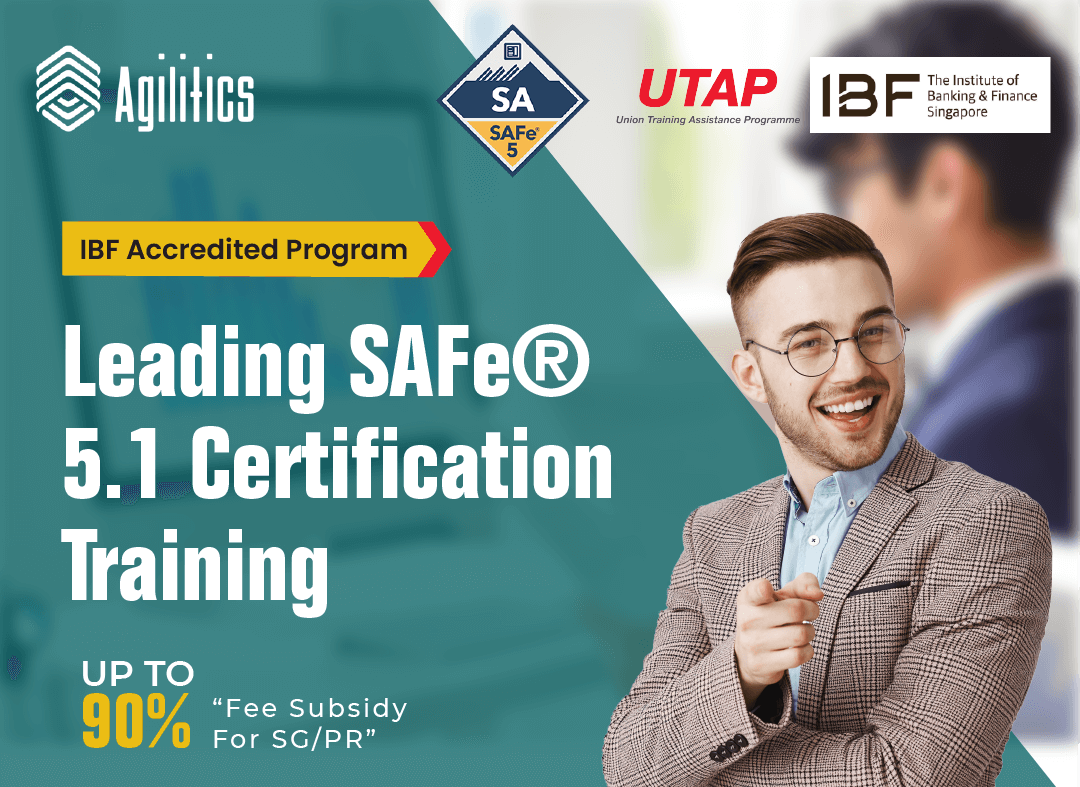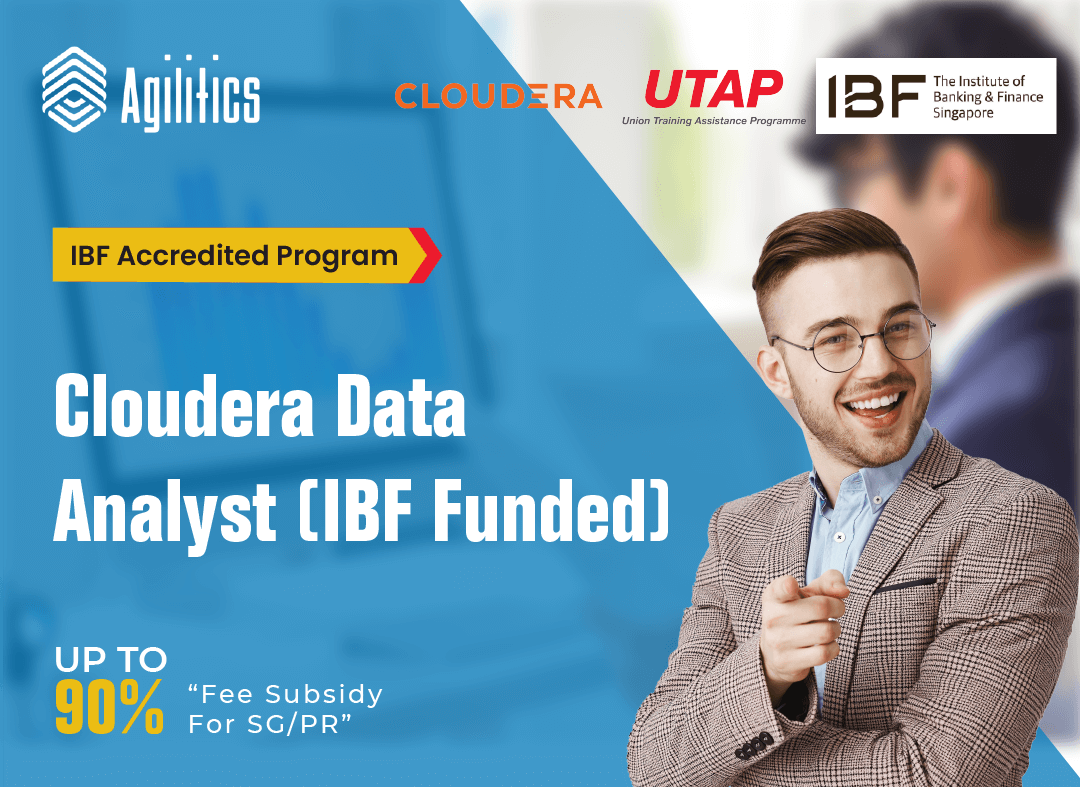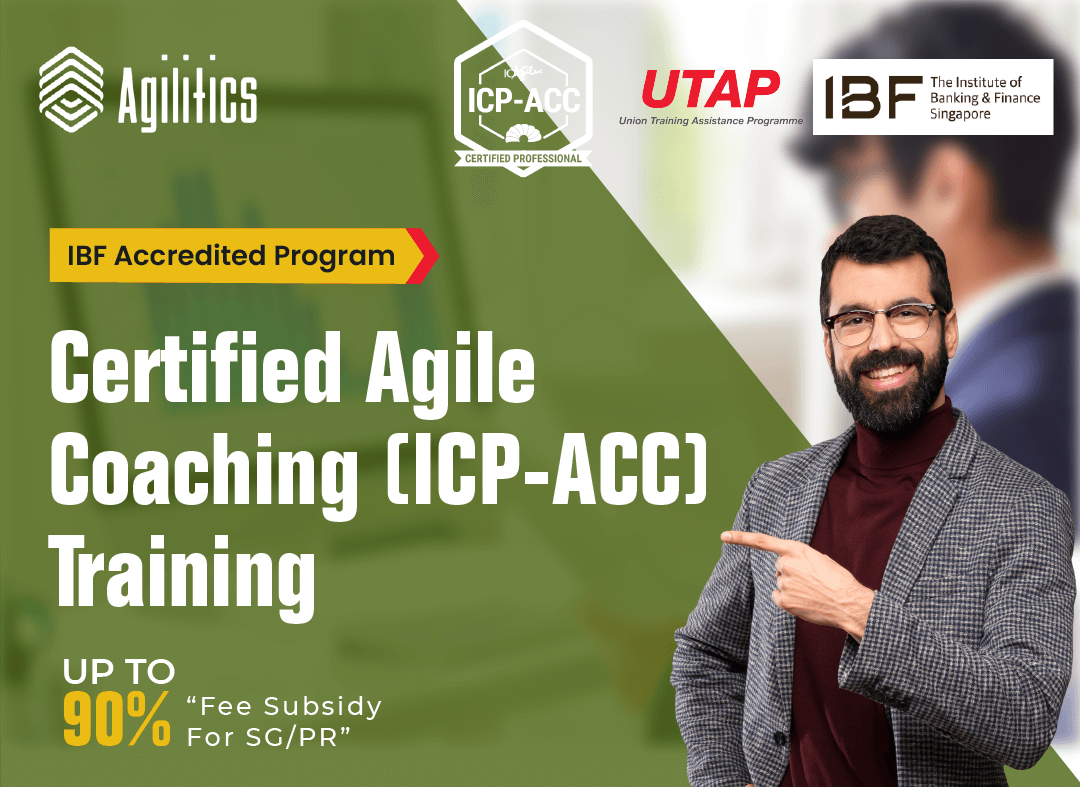
1:1 Coaching
24*7 Support
Comprehensive Exam Support
Lifetime PSD Certification Validity
Globally Renowned PSTs Trainer
High Success Rate
Course Description
Key Objective
- Build and deliver working software by applying modern Agile engineering practices and supportive DevOps tools.
- Experience real collaboration between Developers, Product Owner, and Scrum
- Understand the synergy between the various elements of Scrum and complementary practices.
- Master in the quest of building and delivering a high quality and valuable product.
Certification Curriculum
 Origins of Agile
Origins of Agile
- Many people entering the Agile world see the Agile Manifesto as the beginning of the world, where it was really the summing up of much previous work. Anchor the ideas of Agile development in earlier work, giving the learners continuity from the past to the present.
 Agile Manifesto
Agile Manifesto
- The 2001 Manifesto for Agile Software Development is still the anchor document for all forms of Agile development. Make clear that the Agile Manifesto is a set of values, not a prescription for a particular type of process. Also, learners should be introduced to the fact that the values on the left are preferable to those on the right.
 Understanding the Agile Mindset
Understanding the Agile Mindset
- Many people come to Agile looking for “the Agile process”. However, while some processes and methodologies may be more supportive or common in Agile organizations than others, the mindset must come first. Introduce Agile as a mindset and explain that agility is achieved through both “being” and “doing” Agile. The Agile mindset is characterized by things like valuing early failure for learning, collaboration, continuous improvement, continuous discovery, etc.
 Establishing the Agile Mindsetn
Establishing the Agile Mindsetn
- Experiencing the Agile mindset is the best way to establish it in a learner Allow the learner to experience situations in which the Agile mindset is likely to be different from their current way of working, so the learner can internalize the difference experientially, not just in concept
 Incremental Development
Incremental Development
- One anchor of Agile development is incremental development. Introduce the concept and value of incremental development, and how it differs from effort-based or task-based management.
 Value-Based Work
Value-Based Work
- Many people, even understanding the idea of incremental development, can’t see how to break work into small, value-centered work items and track their progress. Develop and practice techniques for breaking problems into value-based parts and tracking progress against them.
 Retaining Quality
Retaining Quality
- It is easy to lose sight of the cost of rework in incremental-iterative development. Introduce and highlight why Agile developers need to keep an eye.
 The Scrum Framework
The Scrum Framework
- How is the Scrum theory implemented through time-boxes events, roles, rules and artefacts? How can these be used most effectively? We will experience why the Scrum framework is constructed as it is and how you as Scrum Master can effectively use Scrum to control risks and create maximum value.
 Scrum Roles – Product Owner, Scrum Master and Development
Scrum Roles – Product Owner, Scrum Master and Development
- Who is supposed to be a good product owner? What Product Owner does in Scrum? Do they write stories or maximize value? Why do we need a Scrum Master? Who decides Scrum Master for the team? What’s the meaning of a Self-Organized Development Team? Is a Self-organizing team good enough or we need a self- managed team? Developers are cross-function or Development Team is cross-functional?
 The Definition of Done & Acceptance Criteria
The Definition of Done & Acceptance Criteria
- Are you able to deliver a truly done product? What “DONE” means in Scrum and why it is important? Workshop focuses on differentiating DONE and UNDONE but also brings discussion about Technical Debts. Participants have to learn the meaning of DONE increment by defining definition in the workshop. Why not to have technical debt is critical to a growing organization? How Acceptance Criteria is different from Definition of DONE?
 Working with organizational challenges
Working with organizational challenges
- Why change is hard and what can be done to make it real? What organizational changes needed to see the real benefits of Scrum?
 Working with Product Vision
Working with Product Vision
- From concepts/ideas that may be vague, product owners are taken through the steps to turn this into a tangible and valuable artefact: a product vision statement. In a group exercise, the product vision statement is developed using proven techniques such as Elevator Pitch, Lean Canvas and Product Box. From the product vision statement, a story map is developed, breaking down the vision into a manageable number of steps or functional areas, depending upon what best suits the product. With this initial outline in place, high-level functional requirements are written, introducing the concept of user stories and epics.
 Writing User Stories and Story Mapping
Writing User Stories and Story Mapping
- The story map is populated by the group writing user stories to fulfil each of the product features, ensuring the stories remain aligned with the product vision and value drivers. Will have an understanding about how to split complex features into manageable stories.
 Release planning in Agile
Release planning in Agile
- The planning exercise is repeated a number of times using different criteria such as risk, value, complexity, size and marketability.
 Non-functional requirements
Non-functional requirements
- Identifying and responding to non-functional requirements to ensure they don’t get lost in the process of defining product success and lead to hidden risks.
 Using Agile metrics
Using Agile metrics
- Using key metrics and visualizing them with cumulative flow diagrams to help see where work is and how to improve the flow from concept to reality. Helping product owners to focus upon the right metrics and avoid those metrics that drive undesirable behaviors in development teams and by stakeholders.
 Working with the development team and stakeholders
Working with the development team and stakeholders
- Understand the role of the product in relation to the development team, how best to support them and what they need from a product owner to be effective in their role. Working with stakeholders, keeping them informed of progress and risks, influencing their decision making and managing expectations.
 Tracking and Measuring Project Success in Agile
Tracking and Measuring Project Success in Agile
- How to measure the success of an agile project in the ever-evolving requirement? Discussion around key metrics like business values, velocity chart, release burndown and sprint burndown. How to incorporate feedback in the forecast and how to forecast the project completion date.
 Essential Elements for Agile Way of Working
Essential Elements for Agile Way of Working
- Agile way of working has become buzzwords after the ING case study and recent adoption at ANZ. Let’s understand the pros and cons of the agile way of working. Will have a discussion around various models for organization agility and way to adopt. The focus will be on owning a roadmap for organization agility vs renting processes.
Prerequisites
There are no prerequisites to attend the Applying Professional Scrum for Software Development™ Training in Singapore and or to take up the exam. However, it is always recommended that you go through the Scrum Guide very well.
Download Brochure
We offer a 3-day Scrum for Software Development™ training, aimed at beginning Scrum for Software Development™ that can lead to your Scrum for Software Development™ certification. Download the brochure and check the different Focus Areas covered within these 2 days of training.
Certification Assessment
This course has the Professional Scrum Developer level I (PSD I) as an associated credential. All participants completing the Applying Professional Scrum for Software Development course receive a password from taking the PSD I assessment. This industry-recognized certification requires a minimum passing score on the associated rigorous assessment. Scrum.org maintains a public list with everyone holding a PSD I credential.
- High Success rate
- Join Our Dynamic Community
- Training from Recognized Trainer
- Post-workshop support by the Coaches
Testimonials
Our clients praise us for our great results, personable service, expert knowledge, and on-time delivery. Here are what just a few of them had to say:
Funding & Price Chart
| Individual / Company Sponsored (Banking and Finance) |
Company Sponsored (Non Banking and Finance) |
||
| Singaporeans age 40 and above (70% funding) | Singaporeans age below 40 and all PRs (50% funding) | (No Funding) | |
| Full Course Fee before GST | $3,500.00 | $3,500.00 | $3,500.00 |
| 9% GST | $315.00 | $315.00 | $315.00 |
| Total Course Fee | $3,815.00 | $3,815.00 | $3,815.00 |
| Less: IBF Funding | $2,670.50 | $1,907.50 | NA |
| Net Fee Payable | $1,144.50 | $1,907.50 | $3,815.00 |
Frequently Asked Questions
Training FAQs
The Applying Professional Scrum for Software Development course is intended for all Scrum Team members to develop and deliver software-based systems. It includes architects, analysts, programmers, database developers, testers, managers, IT-Operations, and others, including Scrum Masters and Product Owners.
The technical skills are always helpful, Applying Professional Scrum for Software Development course provides the greatest value if the whole Scrum Team (Developers, Scrum Master, and Product Owner) attend together and experience the power of real teamwork.
Participants will experience real-world challenges and issues, and through a series of Sprints will learn how to continuously improve the way they perform their work. The course teaches how Agile engineering practices and supportive DevOps tools complement Scrum and further advance a team's capabilities.
Undertaking a Professional Scrum Master™ course and earning a certification establishes several new opportunities for a professional.
Some of the most significant ones are:
- Earning the status of an industry-recognized Professional Scrum Master™.
- Get remarkable recognition throughout the industry.
- The capability to take on projects that require knowledge of SCRUM management.
- The ability to market their skills and thus negotiate better benefits at the current workplace or new ones
The main topics that are covered in the PSD training are:
- Using Scrum Framework to develop a product
- Working within a self-organized Scrum Team
- Managing requirement with Specification by Example
- Test-Driven Development & Acceptance Test Driven Development
- Agile Testing with test automation and exploratory Testing
- Pair Programming & Mob programming
- Software Craftsmanship & Emergent Design
- DevOps with Scrum and Kanban
Follow the steps to Enroll for the course.
- Enroll for the course.
- Pay the training fee, which is inclusive of the exam fee
- After the successful completion of the course, participants will receive a password to attend the PSD I assessment.
No, the Applying Professional Scrum for Software Development™ Certification doesn’t need renewal.
This course is intended for all members of a Scrum Team involved in developing and delivering software based systems including: architects, analysts, programmers, database developers, testers, managers, IT-Operations and others, including Scrum Masters and Product Owners.
Yes, you can cancel your enrollment if necessary. We will refund the course price after deducting an administration fee. To learn more, you can view our Refund Policy.
Our Applying Professional Scrum™ for Software Development training are currently held online and anyone with a stable internet from anywhere across the world can benefit from this to get Professional Scrum™ Software Development Certified.
Should you have any more questions, please email us at enquiry@agilitics.sg and we will be happy to get back to you.
IBF Accredited Programmes
The IBF is an independent quality assurance framework benchmarked under industry standards to get the finance practitioners future-ready by strengthening their financial capability and industrial skills.
The IBF financial training scheme provides funding for training and assessment programmes specifically to enhance the underlying competencies of the workforce in the financial/tech sector.
Training allowance grant supports banking, financial services and insurance organizations to provide industry-standard training with a focus to upgrade the skills of their employees.
You can avail of more information about the IBF course and training programs here.
The financial Institutions and fin-tech firms regulated by the Authority of Singapore can avail the benefit of course fee subsidy.
Singapore residents and permanent residents can claim upto 90% subsidy. Participants need to pay only 5% + GST to attend the training.
UTAP Funding
The UTAP (Union Training Assistance Program) is a benefit provided to NTUC members for encouraging professional upskilling at a minimal cost.
Singapore citizens and permanent residents can avail of UTAP support who are NTUC members.
UTAP provides upto 50% support of the course fee. It provides $250 for participants under 39 years and $500 for participants above 40 years.
Login to NTUC to submit your application to claim UTAP support. You can also reach out to us @ for further support.
UTAP funding can be claimed after the completion of the course only.
SkillsFuture Credit
SkillsFuture Credit is an initiative by the Singapore government to defray the training costs to encourage upgradation of skills specifically for finance/tech professions.
All Singaporeans aged 25 and above can avail of the benefit of SkillsFuture Credit. For more information, click here.
No, the small/medium sized enterprises cannot apply for SkillsFuture Credit since it is provided only to individuals.
No, SkillsFuture is not a cash account, it can be used only to offset course fees of completed training courses approved by SkillsFuture. Therefore you do not earn any interest from it.
The course fee of the training program is directly paid to the course provider through MySkillsFuture and you can avail directly from them.
You can login to MySkillsFuture, select the course and enter the details, enter course fee to be paid including GST and put the amount to be claimed. Upload invoice and click submit.
Applying Professional Scrum for Software Development
Learn to build good products iteratively and incrementally as you strengthen your technical skills in agile product development with the Professional Scrum Developer Certification. The Professional Scrum Developer Certification will help you prove your expertise in Agile engineering practices along with agility skills, and scrum fundamentals for creating software. Broaden your career prospects by staying relevant and marketable across all industry sectors with the Applying Professional Scrum for Software Development Training at Agilitics.
Offering upto 90% subsidies for Singapore citizens above 40 years, and 80% subsidies for citizens below 40 years and all Permanent residents, the Professional Scrum for Software Development course provides a real-world view of what it is like to build software with Scrum. In this three-day workshop, students collaborate as a team in a series of Sprints where they apply modern engineering practices and use the Scrum framework to cope with changes. Students experience how to deliver quality software using Scrum with Agile and DevOps practices. Students learn how to develop increments of potentially releasable functionality from a realistic Product Backlog over three days. Students concurrently do requirements engineering, design, development, Testing, Integration, and deployment within a single iteration. The course teaches how Agile engineering practices and supportive DevOps practices improve a team’s capabilities even more.
With 58% of Agile organizations using Scrum Approach, the prospect of product delivery within an Agile framework is highly prioritized across all vertical sectors, hence the growing demand of Software developers using the Scrum approach has become a niche. The Professional Scrum Developer Training will help you be a part of globally acknowledged Scrum developers and land high-paying jobs. The three-day workshop will help you understand the synergy between the various elements of Scrum and complementary practices. You will be able to experience true collaboration between Developers, Product Owners, and Scrum as you master in the quest of building and delivering a high-end product of great value.







